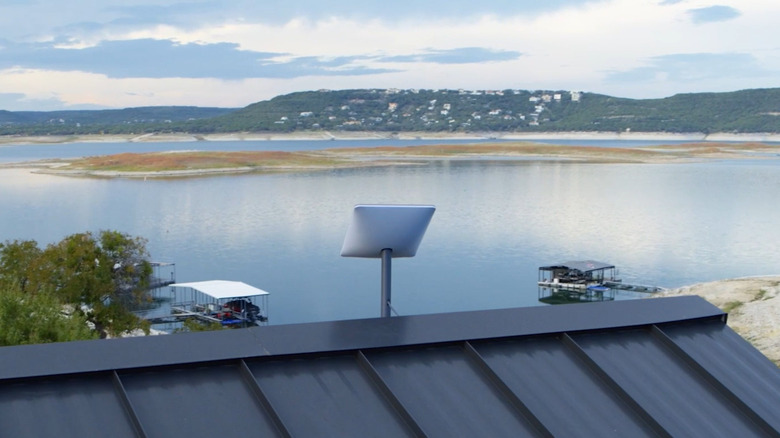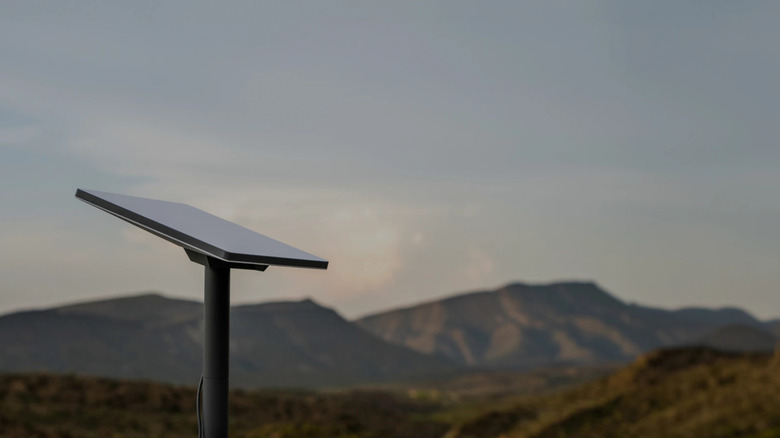Starlink Residential Vs. Lite: What's The Biggest Difference Between These Plans?
While Starlink started off as one of the most expensive ways to get internet service, it has become more affordable to users over the years. The standard kit that used to set you back $599 is now only $349, and you can get the hardware for free if you commit to the service for an entire year.
Starlink monthly plans are also now cheaper. Earlier in 2025, Starlink introduced a bargain $10/month plan for infrequent users of the service, and an $80/month Residential Lite plan was rolled out for some areas of the US and France. The cost of Starlink plans depends on region, data capacity, and other factors, and the Residential Lite plan's monthly charge of $80 per month is $40 cheaper than the standard Residential subscription. Like that plan, Residental Lite service is meant for users in a fixed land-based location like households and home offices. But just because they're designed for the same type of user doesn't mean these plans perform the same. Other than the price, there's a big difference between the Starlink Residential and Residential Lite plans.
What sets these two Starlink plans is their download and upload speeds and latency. With Residential service, you can normally download content at speeds between 150 Mbps and 250 Mbps. Meanwhile, upload speeds fall in the range of 11 to 50 Mbps and latency is typically around 22 to 41 ms. If you're on the Residential Lite plan, expect these speeds to drop significantly. Its download performance is only about 50 to 100 Mbps and upload speeds are between 5 and 25 Mbps. The latency is similar to the Residential plan, though, and so are the tiered data allocation models without hard caps.
Residential Lite is available in 15 states
As of this writing, not everyone can subscribe to the Residential Lite plan. It's only offered in parts of select US states: Maine, New Hampshire, Vermont, Minnesota, Iowa, Kansas, Nebraska, the Dakotas, Montana, Wyoming, New Mexico, Utah, Nevada, and Hawaii. You can also sign up for the Residential Lite plan if you're in France. Except for the northeastern section of the Auvergne-Rhône-Alpes region, Residential Lite is available in pretty much the entire country. The regular Residential plan can be used anywhere in North America, Japan, Australia and New Zealand, most of Europe and South America, and some African and Pacific Island nations. You can visit the Starlink website to see which plans are available at your address.
If Residential Lite is available in your location, consider whether it suits your needs. Although it's substantially cheaper than the standard Residential plan, you'll have to contend with slower speeds and de-prioritized data streams. This means other Starlink users are served before you, and your connection will be more sluggish during peak times or when you're in busy locations. Because of this reduced performance, the Residential Lite plan is better for homes with fewer users or reduced bandwidth requirements. Make sure that if you decide to go with the Residential Lite plan, you'll be using this in a single location only. If you plan on taking your Starlink camping or on road trips, you're better off subscribing to one of the Roam plans instead. These are specifically designed for on-the-go users like campers, RVers, and van lifers. The Roam 50 GB plan costs $80 and provides 50 GB per month with upcharges for additional data, while Roam Unlimited is $165 monthly.

